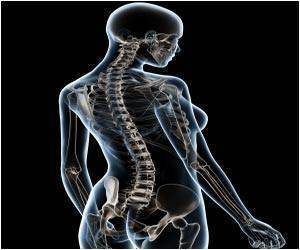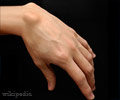The study provides new insights into the mechanisms that cause distal arthrogryposis (DA), a skeletal muscle disorder.

What is Distal Arthrogryposis
Distal arthrogryposis (DA) is a disorder characterized by congenital joint deformities, or contractures, that often restrict movement in the hands and feet and is estimated to afflict roughly one in 3,000 individuals worldwide. Alleviating the symptoms often requires invasive surgeries.TOP INSIGHT
Botox injection and a dietary fatty acid commonly found in fish reduced joint and tendon defects.
Using a mouse model, Shang Ma and colleagues found that over-expression of the mutant PIEZO2 gain-of-function allele in proprioceptive neurons that enervate muscles and tendons during a critical postnatal period during development can cause joint contracture. These defects were not caused when the dysfunctional allele was expressed in skeletal muscles, cartilage, or tendons.
“Finding that expression of the gain-of-function allele of PIEZO2 in young adult mice does not cause DA symptoms is reassuring. It narrows down a time window for potential therapeutic intervention that could lead to lifelong improvement for the affected patients,” said Ma et al.
Source-Eurekalert
 MEDINDIA
MEDINDIA




 Email
Email







